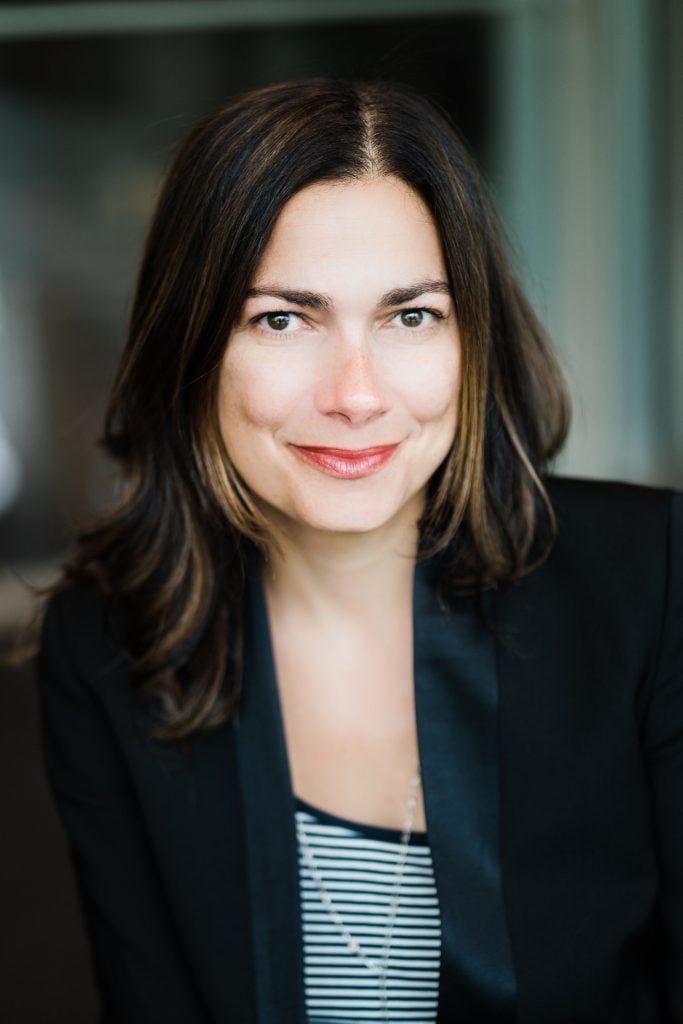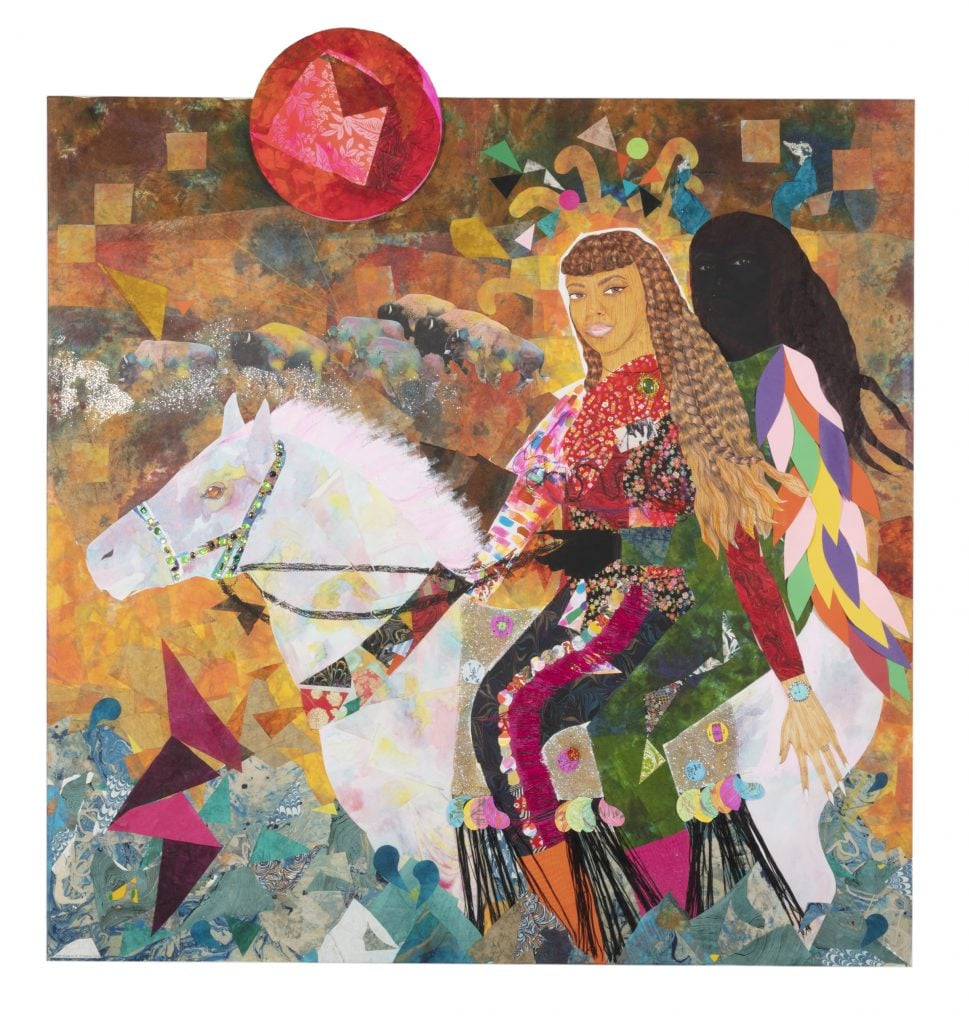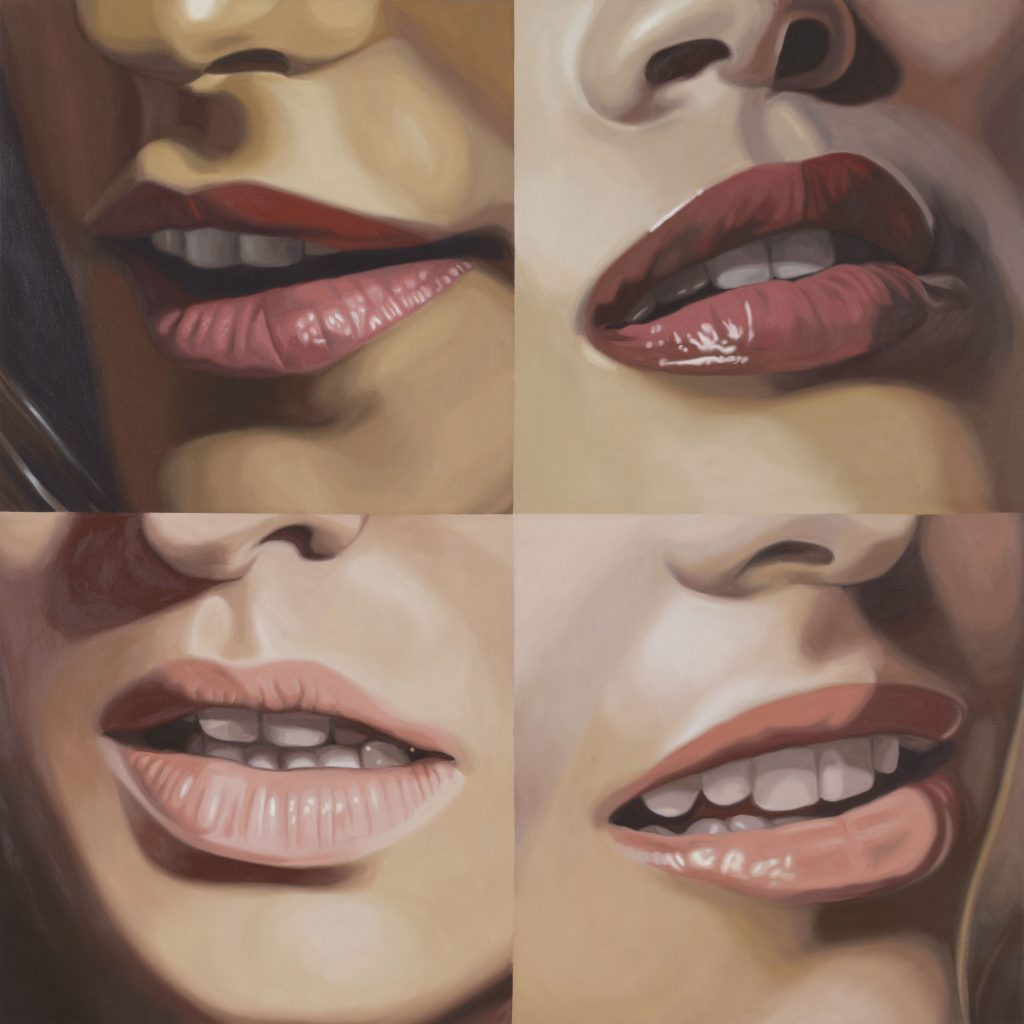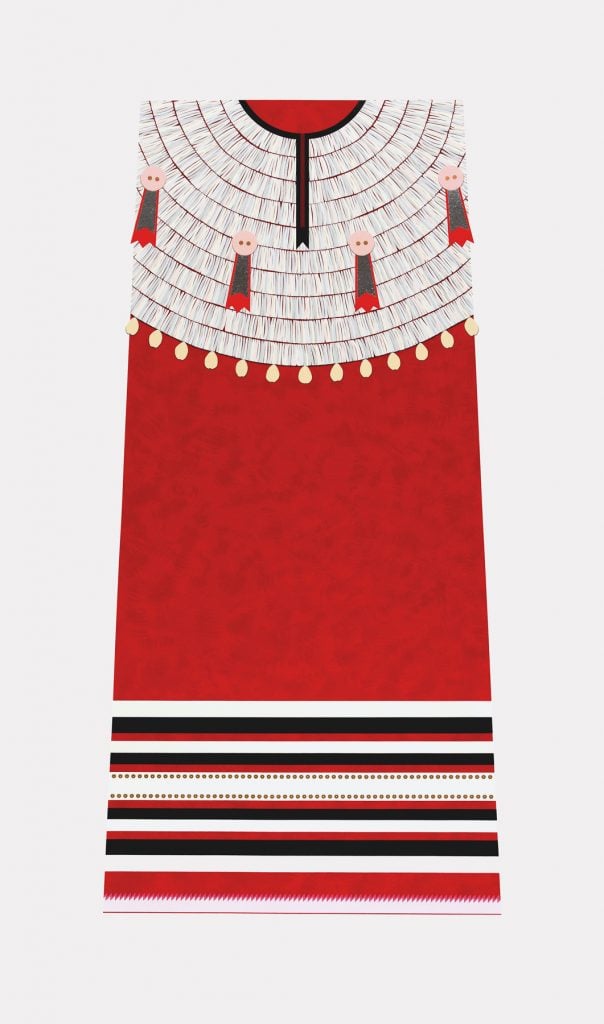Gallery Network
7 Questions for Tracy L. Adler, Director of Wellin Museum of Art at Hamilton College, on the Institution’s 10th Anniversary
Adler tells us about her decade at the Wellin and the teaching museum's current exhibition.

Adler tells us about her decade at the Wellin and the teaching museum's current exhibition.

Artnet Gallery Network

This year, the Ruth and Elmer Wellin Museum of Art at Hamilton College in Clinton, New York, celebrates its 10th anniversary. Marking this milestone is the current exhibition, “Dialogues Across Disciplines: Building a Teaching Collection at the Wellin Museum,” which is on view through May 20, 2023. The show includes art that the museum has acquired either through gifts or purchases over the past decade and emphasizes the institution’s ongoing mission of building a diverse collection in addition to fostering dialogue and creative inquiry for the students, faculty, and staff of the college, as well as the community at large.
We caught up with founding director Tracy L. Adler to discuss her personal journey in the art world, how far the museum has come, and what the future might hold for this small but ambitious institution.

Jamea Richmond-Edwards, Devotional for the Divine Mind (2021). © Jamea Richmond-Edwards. Courtesy of the Ruth and Elmer Wellin Museum of Art at Hamilton College.
Tell us a little bit about your background and professional journey. What led you to your position at the Wellin Museum of Art?
I grew up in New York City and my mother was an aspiring painter, so museums were a big part of my childhood. When I was a teenager, I could go to the Met and pay a dollar and visit my favorite artworks, so museums felt like a place I could explore on my own and develop my own interests. My first job out of college was working the information desk and entrance kiosks at the Met, so I learned about engaging with the public early on and how to customize a guest’s visit based on their interests.
After completing a master’s in art history at Hunter College, I did curatorial work for almost two decades in New York City, first at the Jewish Museum and then at the Hunter College Art Galleries. I reached a point where I was ready to take on a leadership position as a director. When the opportunity at the Wellin arose, the prospect of building a new museum from the ground up was a thrilling, once-in-a-lifetime opportunity. It has been an amazing journey. Looking back after 10 years, it’s so satisfying.
The Wellin Museum opened under your leadership and just celebrated its 10th anniversary. Having spent a decade with the museum, what are some things that have changed since you first started? Have you noticed changes in the museum world at large that have affected the Wellin?
When I arrived at the Wellin, there were no programs in place and the museum itself was a construction zone, so I had a blank slate to think about how museums operate from exhibitions to building a collection to working with artists, students, faculty, and community members.
It was important to me that we established a collegial atmosphere internally, because that’s where people thrive. And visitors can sense when staff members love what they do. Building that kind of trust also allowed for an environment where experimentation was welcome, and it fostered creativity. We could pilot new programs and work with artists who were having their first solo show or exploring new terrain in their work. We’ve built trust with our community so that when audiences come to the Wellin, they know they’ll see something new, that it might be unexpected and potentially challenging, but hopefully enriching in some way.
I’ve learned so much along the way and really have been inspired by the Hamilton community and the artists who have shared their practice and insights freely and openly.
Since we’re a new museum and one that’s open to fresh ideas, we’ve been able to be responsive to changes in the museum field. In that regard we’ve been truly ahead of the curve in terms of how museums operate today. For example, the Wellin has always championed diverse artists and we organize exhibitions and programs intended to spark new and often complex conversations. When one considers the exhibitions and the recognition that the artists and exhibitions at the Wellin have attracted, we are punching well above our weight. The way the Wellin works with artists is a collaboration, and we have programs that support artists, such as our Creative Commissions series.
What have been some of your favorite exhibitions at the museum so far? Favorite artworks?
Being able to travel to Ethiopia to work with Elias Sime is particularly memorable, and the resulting exhibition, “Elias Sime: Tightrope,” was so meaningful because it brought to the fore an understanding of the need to have nuanced discussions around the positive and negative impacts of modern communication. I curated the show, so it originated at the Wellin in 2019, but it went on to the Akron Art Museum in Ohio, the Kemper Museum of Contemporary Art in Kansas City, and the Royal Ontario Museum in Toronto. To have such a wide audience experience Sime’s work was truly rewarding.
Also, working with Jeffrey Gibson on his 2018 show “Jeffrey Gibson: This Is the Day” was a remarkable experience. He created garments for our show, and it was the first time he began to explore that work, which has become central to his practice. Further, we commissioned the film I Was Here, Jeff’s second video project, which explored the life of a trans woman, Macy, living on the Choctaw reservation. Macy came to the opening weekend and participated in a public conversation with me and Jeff and it was such a poignant moment. We’ve included I Was Here in the current show “Dialogues Across Disciplines.”

Julia Jacquette, The Mouths of Four Gorgons (2014). © Julia Jacquette. Courtesy of the Ruth and Elmer Wellin Museum of Art at Hamilton College.
The current exhibition, “Dialogues Across Disciplines: Building a Teaching Collection at the Wellin Museum,” highlights the museum’s diverse collection and commitment to promoting cross-pollination among academic fields. How does having a teaching collection inform what artworks acquired? Or the exhibitions that are shown?
The fact that we’re a teaching museum informs everything we do. The kinds of exhibitions we develop and the works we acquire for the collection are multifaceted with potential touch points for many disciplines. With every project, we ask: How does it serve our teaching mission, and what are the potential points of entry for various areas of study across campus? What does the work address? What potential discussions might it spark?
We are working to build a globally representative teaching collection so that different areas of the college can look to the museum for material with which to teach. And that direct interaction with artwork takes theoretical ideas into the real world. For instance, you can talk about ancient Assyria by looking at 3,000-year-old reliefs in the collection juxtaposed with contemporary work by Michael Rakowitz, which is a critique of how museums in the West acquired these objects. We are not trying to simplify these conversations. Rather, we are delving deeper to complicate them. We’ve mounted challenging exhibitions that deal with topical issues, and because we’re a teaching museum those complexities are valued. They spark important conversations and self-reflection.

Dyani White Hawk, Wačháŋtognaka|Nurture, from the suite “Takes Care of Them” (2019). © Dyani White Hawk. Courtesy of the Ruth and Elmer Wellin Museum of Art at Hamilton College.
The exhibition also highlights community involvement through wall texts written by students, staff, and faculty, among others. What other ways does the museum engage with the community?
Inviting students, faculty, and staff to write labels from their own perspectives—both personal and professional—was a way of mirroring our community engagement more broadly. This collaboration both deepens our understanding of individual works and underscores how the active participation of faculty, students, and staff enriches the collection and brings the artworks to life. The museum is in use daily by the community for class visits, research projects, performances, public programs, and other events.
What are some short- or long-term goals that you have for the museum? What would you like to see happen next?
Over the last 10 years, we have learned so much. The more we learn, the more we want to do, and the more it feels like we’re just at the beginning of what we can accomplish.
We will continue to listen to the community, and support programs we’ve developed—from exhibitions to classes, community events, publications, our student docent program, and acquisitions. At the same time, we need to remain innovative and responsive to change. Introducing new initiatives, programming, and community interactions that respond to and anticipate our changing world is an ever-present directive. We want everyone who comes to the museum, from visitors to artists to community collaborators, to feel welcome and supported. That means different things to different people, so it’s a challenge and a lot of work. I’d like the museum to grow in a sustainable way and for our audiences to feel proud and part of that growth.
Do you have any advice for young people looking to work in museums?
For those who are in college and have access to a campus museum, I suggest they cut their teeth there. Teaching museums are set up to support student growth and can foster a better understanding of museums as well as provide valuable work experience for future careers in the arts.
Even prior to college, many museums have teen programs for high schoolers to get involved in museum work. At the Wellin, all our student docent positions are paid, so we can remove financial barriers to students working in museums and also build a pipeline for those interested in pursuing museum work as a career. I would also say, don’t be discouraged. If it’s your passion, you’ll find a way to achieve your goals. It takes time and patience.
As I mentioned at the beginning of this interview, my career began working in guest services at the Met. Those starting out should take the opportunities where they find them. From that entry-level position, I was able to transfer to the curatorial department of prints and photographs, so it was a valuable jumping-off point. Also, as a graduate student, I was able to curate shows, which gave me valuable experience that was transferable to professional curatorial work. Working in museums, those projects were on a larger scale than the shows I curated as part of my Master’s degree, but the fundamentals were the same. And if you have people in your life who are more experienced and willing to advise you, take those relationships to heart. They can develop into valued relationships that last a lifetime.